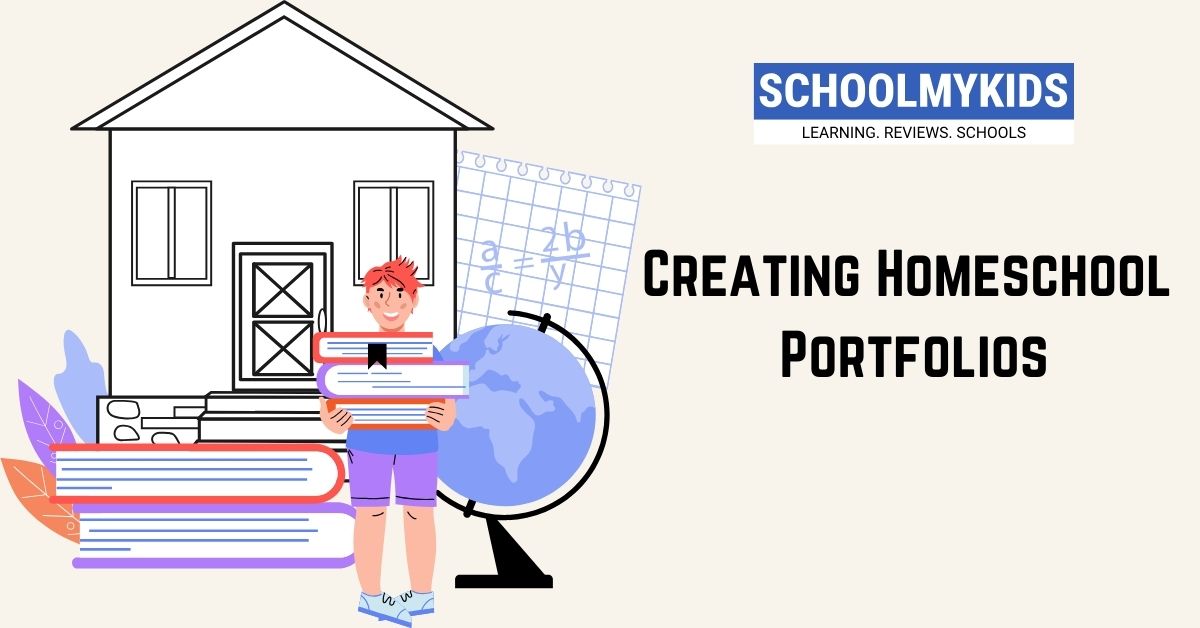Homeschooling allows you to tailor your child’s education to their unique interests and pace. But how do you effectively document and showcase their learning progress? Enter the homeschool portfolio – a treasure trove of your child’s academic achievements, personal growth, and the incredible journey of homeschooling together.
Understanding the Purpose
Homeschool portfolios serve multiple purposes:
- Recordkeeping: It provides a documented record of your child’s learning for future reference, college applications, or standardized testing requirements.
- Self-Reflection: The process of creating the portfolio encourages your child to reflect on their learning experiences, identify areas of strength, and set goals for the future.
- Sharing Progress: Portfolios are a fantastic tool to share your child’s accomplishments with family, educators, or potential mentors.
Tailoring the Portfolio
There’s no one-size-fits-all approach. Consider your child’s age, learning style, and your state’s homeschooling requirements (if any). Here are some elements to consider:
- Cover Page: Make it personal! Include your child’s name, grade level (or homeschool year), and perhaps a picture or artwork representing their interests.
- Table of Contents: This helps navigate the portfolio easily.
- Learning Goals & Objectives: Outline the learning goals set at the beginning of the year and how they were addressed.
- Work Samples: These are the stars of the show! Include samples that showcase different subjects, learning styles, and progress throughout the year.
- Math: Include test papers, project summaries, or creative math projects.
- Language Arts: Feature creative writing pieces, book reports, or essays.
- Science: Showcase lab reports, project presentations, or diagrams.
- Social Studies: Include historical timelines, research papers, or maps created for projects.
- Art & Creativity: Dedicate a section to artwork, music pieces they’ve composed, or craft projects.
- Standardized Test Scores: If your child takes any standardized tests, include the results to demonstrate their academic progress.
- Reflective Essays: Encourage your child to write short reflections on their learning experiences, challenges overcome, and favorite projects.
- Awards & Recognition: Include certificates, awards, or recognition received throughout the year.
- Optional Extras: Add samples of field trip brochures, museum tickets, or extracurricular activity participation certificates to showcase well-rounded learning.
Presentation Matters
- Physical Portfolio: Use a three-ring binder, accordion folder, or a beautifully decorated box. Organize sections with labeled dividers and page protectors for precious work samples.
- Digital Portfolio: Create a digital slideshow, website, or online learning platform to showcase your child’s work. This can be a great option for multimedia projects or time-sensitive materials.
Remember
- Keep it Age-Appropriate: Focus on progress and effort for younger children. As they mature, highlight more in-depth analysis and reflection.
- Celebrate the Journey: The portfolio isn’t just about perfect scores, but about the process of learning, exploration, and discovery.
- Update Regularly: Schedule time throughout the year to add new work samples and reflections, keeping the portfolio current.
Additional Tips
- Involve your child in the selection and organization of their portfolio materials. It fosters ownership and pride in their accomplishments.
- Consider including a “parent’s perspective” section, where you can share your observations on your child’s growth and learning style.
- Review your state’s homeschool portfolio requirements, if any, to ensure it aligns with their expectations.
Creating a homeschool portfolio is a chance to celebrate your child’s unique educational journey and showcase their incredible learning adventure. So, gather those special projects, dust off those creative essays, and get ready to create a beautiful testament to your child’s homeschooling success!








Be the first one to comment on this story.